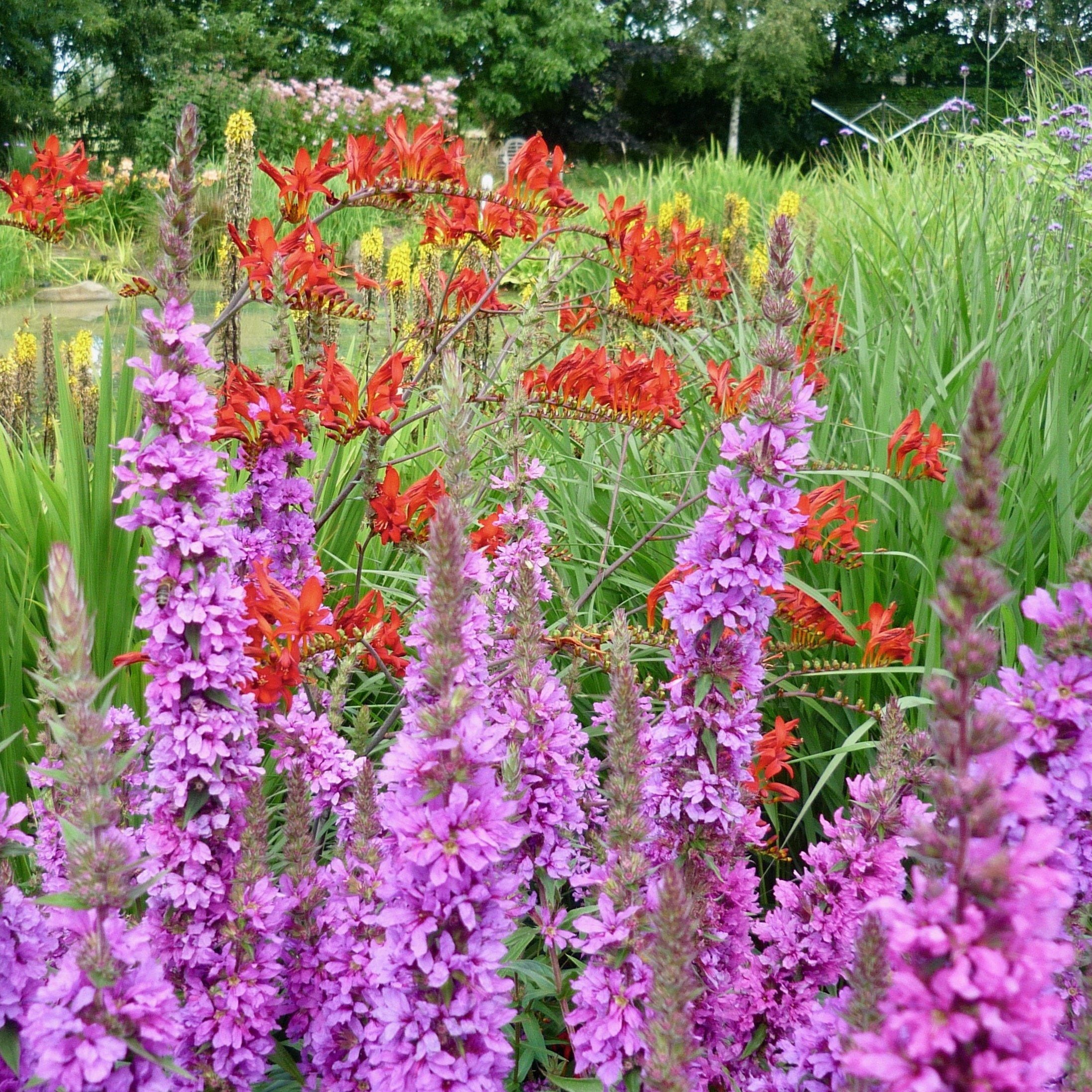Native Plants to Find Space For…
Native?
I am always slightly nervous about the term “native plants”. It can suggest a ‘rightness’ that does not really exist outside of a human cultural framework. Indeed there were no plants here during the last ice age, which ended a little over 10,000 years ago. The idea therefore that plants are native if they arrived in the last 10,000 years but not if they arrived in the last 100, 200, or 1,000 years seems like it might be the product of careful mental gymnastics. Indeed once you have defined ‘native’ and ‘non-native’ you may well then still try to convince yourself that native plants are weeds and should be poisoned from existence in the garden…again something that is illogical!
However those plants that have been here the longest have co-evolved with our native fauna (which itself has arrived through the last 10,000 years) to ensure that in some cases they provide an optimal food source for that fauna - be it bird, mammal, or invertebrate. This is therefore why native plants should be looked at favourably when it comes to encouraging biodiversity in gardens.
The beauty of native options, plants that once a new garden has established can be allowed to occupy space and add their own ephemeral beauty to the designed space, is that there are many to choose from.
What plants?
The beauty of Wild Carrot (Daucus carota) a beautifully elegant umbellifer, purple spikes of Purple Toadflax ((Linaria purpurea), or the purple heads of Common Knapweed (Centaurea nigra) all look great dotted in planting beds. Alongside them can be added Herb Robert (Geranium robertianum), the White Deadnettle (Lamium album), the yellow pop of the Welsh Poppy (Meconopsis cambrica), Red Valerian (Centranthus ruber, especially in coastal gardens), Purple Loosestrife (Lythrum salicaria), or - my personal favourite - Cow Parsley (Anthriscus sylvestris).
For no-mow lawns both Red Clover (Trifolium pratense) and Ox-eye Daisies (Leucanthemum vulgare) look great - and when in a great swathe so do Meadow Buttercups (Ranunculus acris).
For children, easy to grow Teasels, Dipsacus fullonum (which are beloved of the finches as well) make a statement, as does the bright orange of the Californian Poppy (Eschscholzia californica).
Finally, a rather more controversial option would be to allow Ragwort (Jacobaea vulgaris) to grow - not so much for the yellow flowers but for the black and yellow banded caterpillars of the cinnabar moth (and the black and scarlet-red moth itself).
I could keep listing plants and I’m sure you will have favourites that have been missed from the list, but the important thing here is to see that native plants aren’t weeds, they possess an ephemeral beauty of a short season of interest (unlike may ornamental plants ) which adds excitement to the garden, and they can happily live alongside more ornamental plantings.
Of course, when it comes to the garden there are also some plants that should be removed (weeded out) on sight. This is because, in a garden context where you are planting to create an aesthetic effect, some plants will rampantly grow to blot out your plants and create their own, unwanted effect. Of particular frustration to the gardener these plants also often thrive in disturbed ground - so the traditional act of gardening is what can create the issue in the first place.
Unwanted plants that spring to mind (as they are forever pushing at the boundaries of my own garden) include hedge bindweed, bramble, horsetail, couch grass and creeping thistle. To add to this list other plants that you don’t want include Japanese Knotweed, Ground Elder, and Himalayan Balsam.
These can be beautiful in their own right, and often are, but their propensity to out-compete your garden plants means there is not a place for them in managed, or partially managed, garden.
So, next time you are weeding, how about leaving a few of the plants that have appeared and enjoying the increase in colour, structure, and biodiversity that they will bring?
Start a conversation. If you wish to discuss a new project, please click the ‘Contact Us’ button above.



